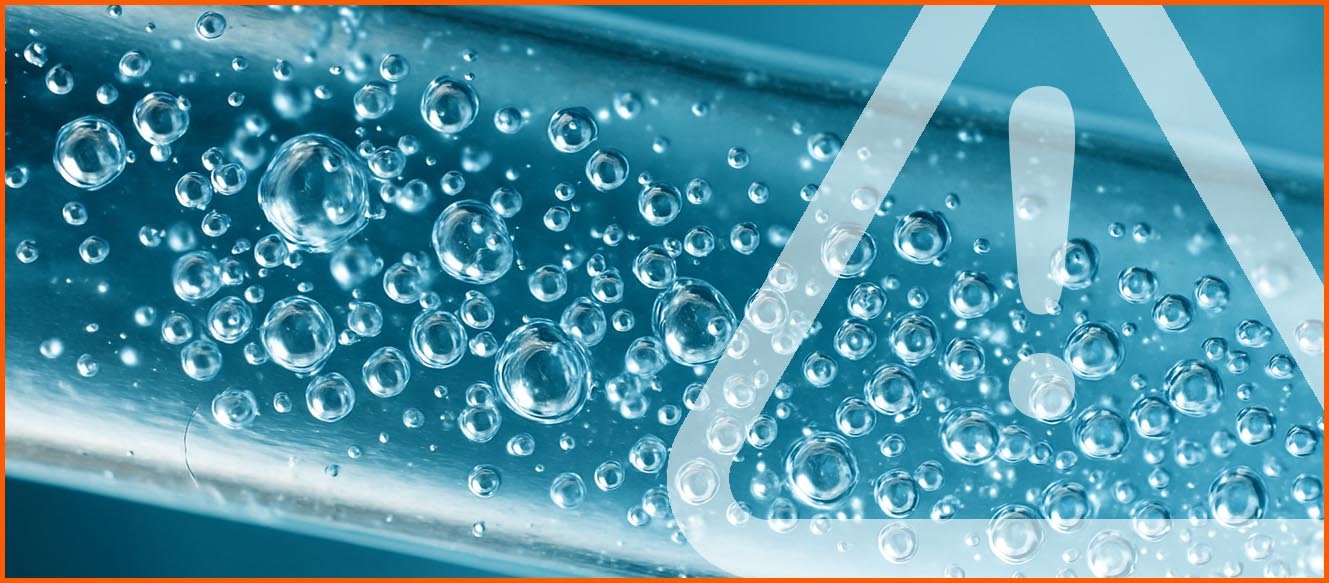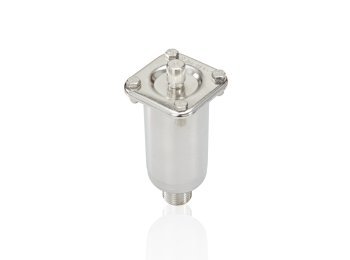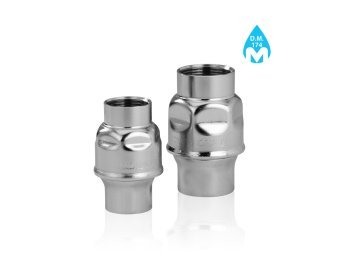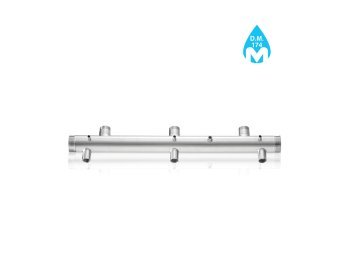Air in hydraulic circuits: how to recognize and properly address It.
Anyone working on hydraulic systems knows that the presence of air in hydraulic circuits is a problem as common as it is insidious. It is not just a matter of some annoying noise in the pipes, but a condition that can reduce flow rate, cause pressure drops, damage hydraulic pumps, and compromise the overall efficiency of the hydraulic system.
This phenomenon is often underestimated and addressed with temporary solutions, such as manually opening the vents or increasing pressure. In reality, trapped air is an invisible enemy that can shorten the life of the hydraulic system and increase maintenance costs.
Causes of air presence in hydraulic systems.
Air never enters a hydraulic system by chance: its presence is always the consequence of errors or non-optimal conditions. The main causes are:
- Incorrect filling of the hydraulic system: startup procedures that are too fast without proper venting.
- Micro-leaks in hydraulic joints: worn or imperfect seals that draw in air, especially under vacuum.
- Lack of automatic hydraulic air vents or their incorrect positioning.
- Improperly sized hydraulic pipes: diameters that are too small or curvilinear paths that favor air pockets.
- Thermal variations in the system: as water heats up, it releases dissolved gases that can create bubbles.
Practical example: In an agricultural irrigation system restarted after months of inactivity, rapid filling without venting trapped large quantities of air. The sprinklers did not distribute water evenly, leaving large dry areas of soil and causing economic losses.

Symptoms of air presence in hydraulic system pipes.
The signs of air presence in hydraulic circuits are generally quite evident and, if neglected, they worsen and can cause damage. Below are the main warning signs to pay attention to:
- Noises in the hydraulic pipes: gurgling, hissing, knocking.
- Reduction in hydraulic pressure and flow rate.
- Unstable hydraulic pumps: priming difficulties, cavitation, lock-ups.
- Accelerated wear of hydraulic components due to oxygen exposure.
Practical example: In an apartment building, residents on the upper floors reported intermittent water flow and irregular pressure. The issue was not caused by a pump failure, but by air present in the vertical hydraulic columns. Only the installation of automatic air vents can resolve the problem permanently.
How to tackle the problem seriously.
Many professionals, under pressure from time and clients, try to solve the issue of air presence in hydraulic systems with quick but often temporary methods:
- manually opening the most accessible hydraulic air vents,
- repeatedly filling and draining the hydraulic system,
- increasing pressure to expel the air.
These remedies work only for a limited time, but they do not eliminate the causes of the problem, so the air returns and the customer complains again. A professional approach to hydraulic system maintenance requires more accurate procedures:
Best practices for eliminating air in hydraulic circuits.
- Install automatic hydraulic air vents in critical points.
- Place hydraulic pumps below the fluid level to avoid air suction.
- Properly size hydraulic pipes to reduce pockets and vortices.
- Perform a slow and progressive system venting during filling.
- Use air separators for hydraulic systems in complex or large-scale installations.
Practical example: In a hospital boiler room, hydraulic pumps repeatedly locked up. Analysis revealed persistent microbubbles in the water. Installing high-efficiency hydraulic separators eliminated the problem, ensuring service continuity in a critical environment like a hospital.
Innovation in hydraulic systems: new technologies for air management.
Technology is also revolutionizing the management of air in hydraulic systems through the production of increasingly sophisticated and advanced products:
- Smart hydraulic valves with sensors that detect air in hydraulic circuits.
- High-efficiency hydraulic separators, made with anti-corrosion materials.
- Advanced hydraulic joints and seals to reduce micro-leaks.
- Predictive maintenance using AI and IoT: hydraulic sensors that monitor pressure and vibrations to prevent cavitation and trapped air.
Practical example: In a hospital hydraulic system, the use of smart hydraulic valves integrated into the supervision system significantly reduced emergency interventions, allowing maintenance to be planned and improving reliability.
Conclusion.
The presence of air in hydraulic systems is not just an annoyance but a problem that undermines the durability and efficiency of the entire hydraulic system. A modern and comprehensive approach is required—one that combines proper hydraulic design, accurate installation, scheduled maintenance, and the use of innovative technologies. A well-vented hydraulic system ensures fewer failures, reduced consumption, and satisfied customers.
Learn more.
Discover how to improve the efficiency of your systems by exploring air venting and air separation solutions available on Water Fitters, and deepen your understanding of best practices for hydraulic system maintenance.
Questions and answers on the presence of air in hydraulic systems.
Why does air in hydraulic circuits represent a technical problem?
The presence of air compromises the transmission of fluid energy, generating cavitation, vibration, and overheating. Air acts as a compressible cushion that reduces pump performance and accelerates wear of hydraulic components, decreasing the overall efficiency of the system.
What are the main causes of air in hydraulic systems?
The most frequent causes include rapid filling without venting, micro-leaks in joints, worn seals, temperature variations, and the absence of automatic air vents. Improper pipe sizing can also favor the formation of air pockets.
How can you recognize the presence of air in a hydraulic system?
Typical symptoms are noises in the pipes (gurgling or water hammer), irregular water flow, pressure drops, and pumps that lose prime or cavitate. In severe cases, reduced flow and abnormal energy consumption can occur.
How can air be effectively removed from hydraulic circuits?
Air can be removed through controlled venting and by installing automatic air vents in critical points of the system. In more complex systems, high-efficiency air separators are recommended. It is also essential to fill the system slowly and correctly position the pumps.
What modern technologies help prevent the presence of air in hydraulic circuits?
The most advanced solutions include smart air vent valves with sensors, anti-corrosion separators, advanced sealing joints, and IoT systems that monitor pressure and cavitation in real time. These technologies reduce trapped air and improve predictive maintenance efficiency.

























